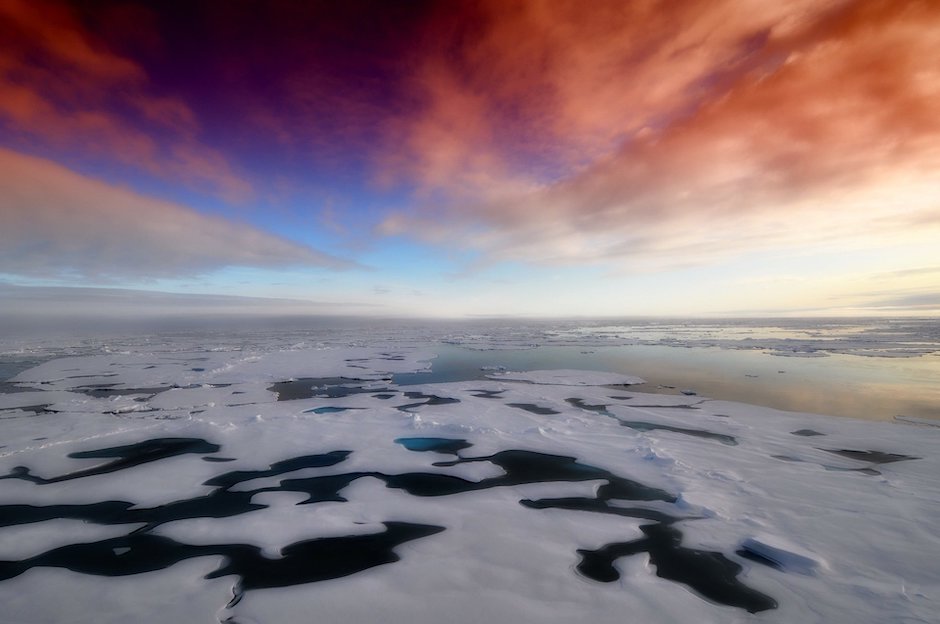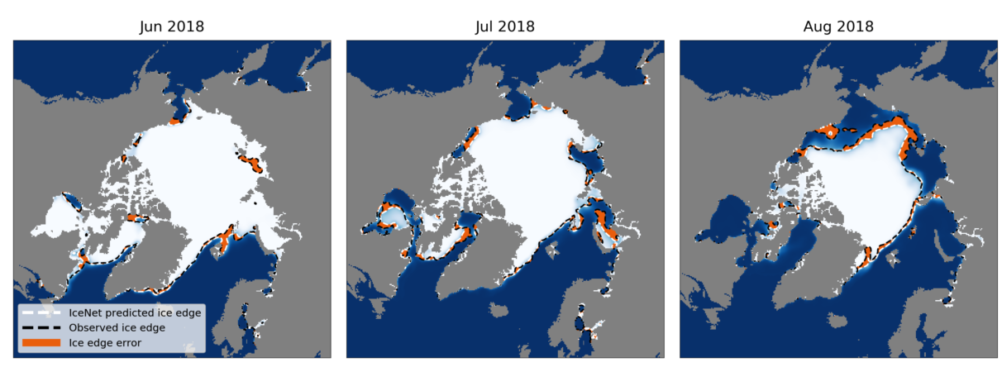
Led by the British Antarctic Survey (BAS) and the Alan Turing Institute, the research team believes its improved forecasts could underpin new systems to protect Arctic wildlife and coastal communities from the impacts of sea ice loss. The paper has been published in Nature Communications.
Sea ice that appears at the North and South poles is difficult to forecast due to its complex relationship with the atmosphere and the ocean below it. The summer Arctic sea ice area has halved over the past four decades due to its sensitivity to increasing temperatures caused by global warming.
Dubbed ‘IceNet’, researchers said their new AI tool is almost 95 per cent accurate in predicting whether sea ice will be present two months ahead. This was found to be a significant improvement on conventional forecasting systems that attempt to model the laws of physics, lead author of the study Tom Andersson said.

Andersson added that IceNet, which uses deep learning algorithms to predict arctic sea ice based on the past four decades of satellite data, ran ‘thousands of times faster’ than traditional physics models and can run on a laptop rather than a supercomputer.
“Now we’ve demonstrated that AI can accurately forecast sea ice, our next goal is to develop a daily version of the model and have it running publicly in real-time, just like weather forecasts,” he said. “This could operate as an early warning system for risks associated with rapid sea ice loss.”




Project to investigate hybrid approach to titanium manufacturing
What is this a hybrid of? Superplastic forming tends to be performed slowly as otherwise the behaviour is the hot creep that typifies hot...